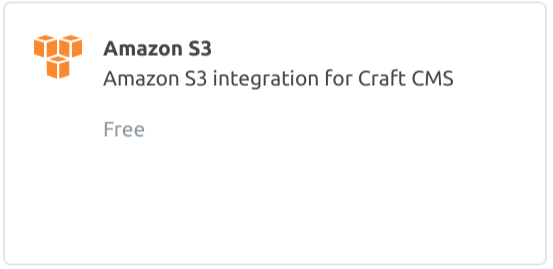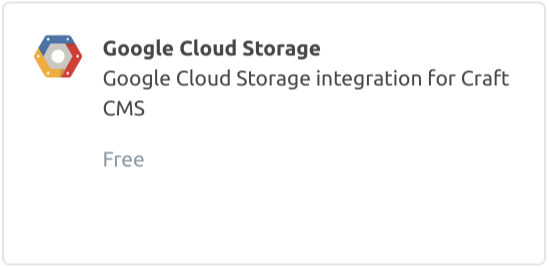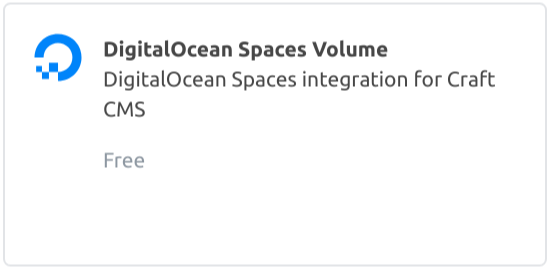Highly Available

Matt Gray
- Freelance consultant and maker of things
- PHP and GoLang
- Craft CMS user for about 2 years

WhY HA?
- Downtime
- Slow response times
- Data loss
We need to avoid:
- Duplication
- Duplication
- Duplication
We can do this using:
Elastic Scaling
Very popular in cloud environments.
Copies of an application can be created and destroyed as required with traffic routed to each of them intelligently.
Minimises Cost
Maximises Resiliency
The State Complication
If we duplicate our application naively, we might also be duplicating our state.
Changes made to one state might not be reflected in another.
Which state is the correct one?
How do we make copies when creating new copies of the application?
Identifying State
Craft CMS has multiple different things which define its current state.
- Content Structure Configuration
- Content
- Administrative Data
- Sessions
- Cache
- Assets
- CPResources
Database
Content Structure
Content
Admin Data
File System
Sessions
Cache
Assets
CPResources
App Server
Database
Content Structure
Content
Admin Data
File System
Sessions
Cache
Assets
CPResources
App Server
Database
Content Structure
Content
Admin Data
File System
Sessions
Cache
Assets
CPResources
App Server
Extract the database
Run the database on a separate server.
Connect to it from our app servers over the network.
The database might also use a built-in HA solution.
return [
'driver' => 'mysql',
'server' => 'external.db.host',
'port' => 3306,
...
];config/db.php
File System
Sessions
Cache
Assets
CPResources
App Server
Content Structure
Content
Admin Data
Database Server
File System
Sessions
Cache
Assets
CPResources
App Server
Load Balancer
External CachING
Sessions and general cache data can both be stored in an external, in-memory Key:Value store.
return [
'components' => [
'redis' => [
'class' => yii\redis\Connection::class,
'hostname' => 'external.redis.host',
'port' => 6379,
'database' => 0,
],
'session' => [
'class' => yii\redis\Session::class,
'as session' => [
'class' => craft\behaviors\SessionBehavior::class,
],
],
'cache' => [
'class' => yii\redis\Cache::class,
'defaultDuration' => 86400,
],
]
];config/app.php
File System
Assets
CPResources
App Server
Content Structure
Content
Admin Data
Database Server
File System
Assets
CPResources
App Server
Load Balancer
Cache
Sessions
Redis Server
External Assets
We can use plugins to store assets remotely.



Bonus
If you need to create asset sources automatically (such as if you're deploying a project to a zero-config hosting environment)
you can do so using Craft migrations.
public function safeUp()
{
$vol = new craft\googlecloud\Volume([
"name" => "Assets",
"handle" => "project-name",
"hasUrls" => true,
"url" => "https://s3.aws.com/project-name",
"settings" => [
"subfolder" => "public",
"projectId" => "1234",
"keyFileContents" => "some-long-string",
"expires" => "5 hours",
"bucket" => "my-asset-bucket"
]
]);
Craft::$app->volumes->saveVolume($volume);
}File System
CPResources
App Server
Content Structure
Content
Admin Data
Database Server
File System
CPResources
App Server
Load Balancer
Cache
Sessions
Redis Server
Assets
Cloud Storage
User
CPResources
Bundles of assets (JS, CSS, Images etc) which are created on-the-fly as they are needed by Craft or plugin templates.
-
Usually created using template directives
-
Stored in 'web/cpresources' by default
-
Link inserted into HTML once created
What happens in a HA environment?
File System
CPResources
App Server
File System
CPResources
App Server
Load Balancer
Assets
Cloud Storage
User
1.
- Page Request
- Received, assets created
- HTML returned
- Request for asset
- 404!!!!
2.
3.
4.
5.
CPResources
An update was applied to Craft to fix this issue. If a request for an asset is received that doesn't exist it'll be re-published and then piped back through PHP.
Piping files through PHP is generally considered bad practice - can have memory issues and locks processes as the client downloads.
File System
CPResources
App Server
File System
CPResources
App Server
Load Balancer
Assets
Cloud Storage
User
1.
- Page Request
- Received, assets created
- HTML returned
- Request for asset
- Assets created
- Files streamed back to user via PHP from file system
2.
3.
4.
5.
6.
CPResources
So we're all good?
Maybe.
On rare occasions when a user visits the Craft control panel it'll generate multiple asset bundles (10s) and each of these can contain multiple files. It's not unusual for many of these to be created simultaneously and for their combined file size to be in the MB range.
A user could cause many PHP child processes to stream files from the filesystem, locking them until the download is complete and consuming memory.
CPResources
Can we optimise further?
In a well optimised HA environment we'd prefer to run each of our application components in an individually scalable manner.
This gives us memory and CPU allocation benefits and allows us to ease bottlenecks more efficiently.
We should separate our web server and PHP servers.
File System
CPResources
PHP Server
Load Balancer
Assets
Cloud Storage
User
1.
- Page Request, forwarded to PHP
- Received, assets created
- HTML returned
- Request for asset, forwarded to PHP because it doesn't exist within webserver's filesystem
- Files streamed back to user via PHP from file system
- This will happen for every cpresources request!
File System
Static Files
Nginx
2.
3.
4.
5.
CPResources
Solutions?
- Sync cpresources with web server - eventual consistency. Would need to watch for file system changes or hook into Craft's bundle publishing code. How to sync up a newly created webserver?
- Shared file system - slow, very fragile in an elastically scaling environment. Potential problems when multiple PHP servers try to publish bundles simultaneously.
- Just offload it to an external store - ...
File System
PHP Server
Load Balancer
Assets
CPResources
Cloud Storage
User
1.
- Page Request, forwarded to PHP
- Received, assets created on remote storage
- HTML returned containing remote storage URLs
- Assets requested from remote storage
- Asset returned, everyone is happy
File System
Static Files
Nginx
2.
3.
4.
5.
CPResources
- Asset bundles are only created once
- No piping files through PHP
- No confused nginx servers
BUT
- PHP servers need to be aware of which bundles have already been published
CPResources
How do we make this happen?
A plugin. All the asset bundle publishing logic is held within a single class called AssetManager. If we can replace the logic in there we can do whatever we want.
Craft::$app->set('assetManager', function () {
$generalConfig = Craft::$app->getConfig()->getGeneral();
$config = [
'class' => CustomSubclassOfAssetManager::class,
'basePath' => $generalConfig->resourceBasePath,
'baseUrl' => $generalConfig->resourceBaseUrl,
'fileMode' => $generalConfig->defaultFileMode,
'dirMode' => $generalConfig->defaultDirMode,
'appendTimestamp' => false,
];
return Craft::createObject($config);
});
Content Structure
Content
Admin Data
Database Server
PHP Server
Load Balancer
Cache
Sessions
Redis Server
Assets
CPResources
Cloud Storage
User
PHP Server
Nginx
Nginx
1..n
1..n
THanks!
A quick favour...
@mattgrayisok
